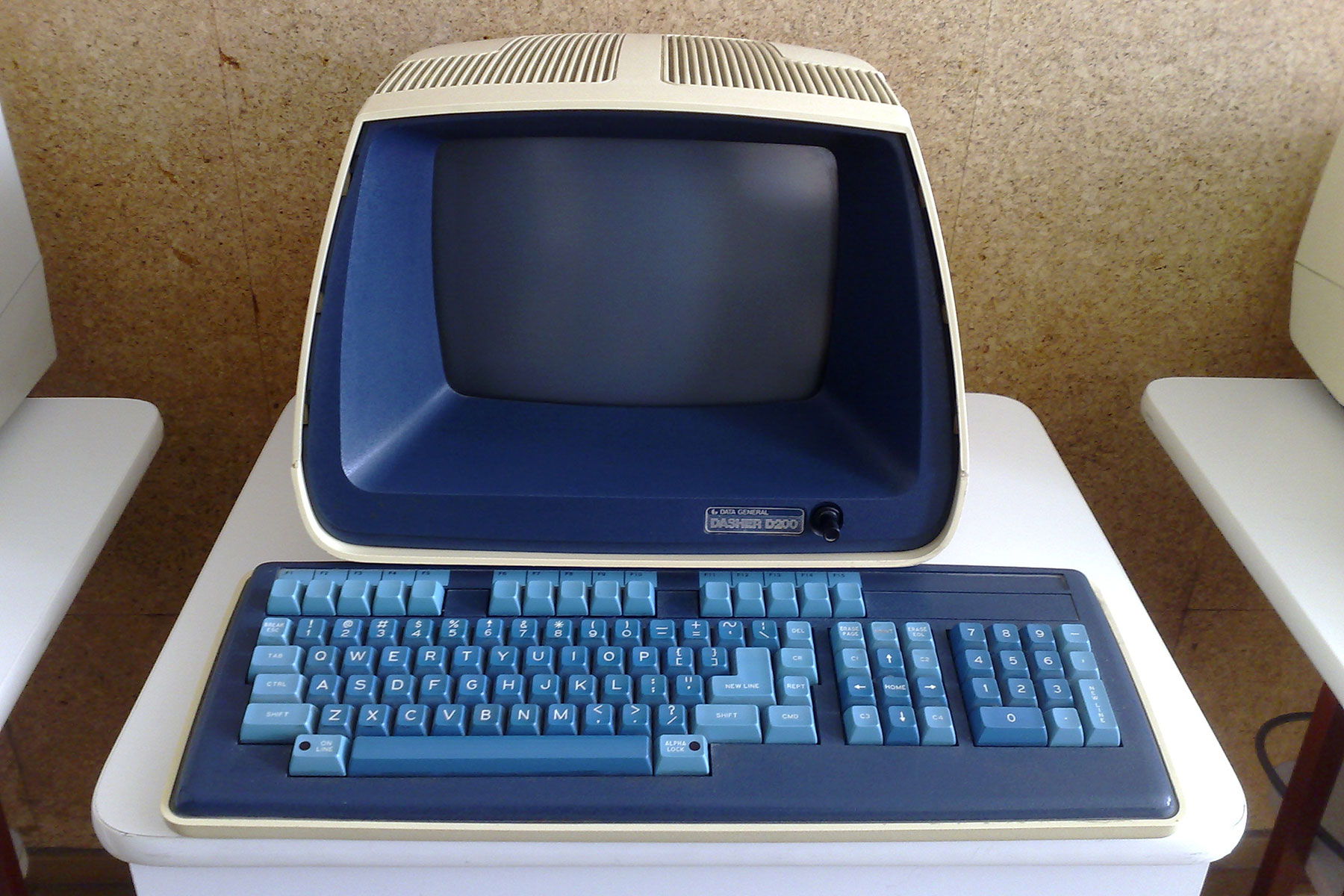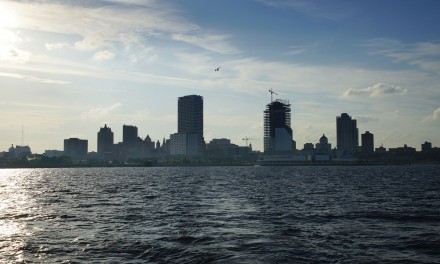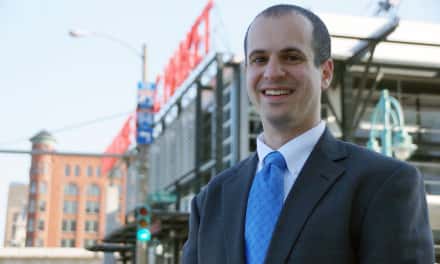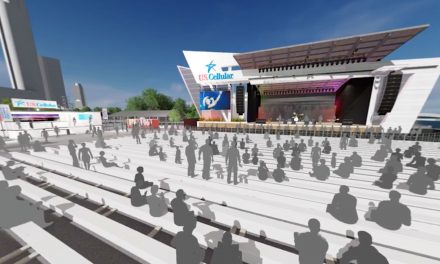
We were certain that we simply could not lose. Or so we thought.
We had an unbeatable combination: a fully-vetted Big Data tech platform powered by two successful marketing careers, client case studies, plus assists on major sales calls from our partners. We would be ‘first-in’ and exclusive to our region, the entire Midwest. Also, my business partner and I had known each other for years. We were not worried about the prospect of putting our shoulders to the collective grindstone, because we clearly saw light at the end of the tunnel.
We also had what is not exactly an insider’s tip: The Kaufmann Index of startup activity had awarded our state last place two years in a row. But we did not let that faze us.
With one year into the business and 30+ C-level sales presentations later, we found ourselves still fielding follow-up questions, ad infinitum. We had some commitments and were able to make expenses, but the A-level targets that fit our target profiles were nodding in agreement in the boardroom and then nodding off after we left the building.
We had to make some ‘key learnings’ adjustments. And so we did. And it took awhile. Several whiles actually, but finally clients started to get back to us and now we’re finding ourselves in full-on execution mode.
What happened?
Along the way, we learned a few things worth sharing, and here they are:
- Never assume your audience is as up to speed on your shiny new tech as you are. They are not. You will have to explain and then explain again. Be patient. Watch body English. Listen. Your product is brand new to your audience and unless you are crystal clear, you will be misunderstood or worse, mistaken for something else.
- Just say no to jargon. Never, let me repeat, NEVER, use insider terms in a new client’s presentation unless there is no other way to communicate your product. It does not make you look smarter – it actually feels like you are talking down to your audience. Use standard business language.
- Get to know their Culture: Take time to understand not only your potential client’s business model and customers but also their corporate culture. For example, if you are targeting both Sales and Marketing depts., how do those departments interact (or, don’t, as the case may be). That’s crucial in determining who must attend the initial and subsequent presentations as well as who will become your internal hero that will help move your business forward while giving you some idea of sell-thru timing.
- Don’t expect them to beat a path to your door (or site). Your offering may be so new, it may not even appear on Google yet (this was our case). Very difficult to go viral if no one knows about it. Study up on every possible way to distribute knowledge about your product.
- One for now and one for the road. Create two different versions of your presentation – one for the presentation room and one for handout given to those that were not there with added detail and links. Keep both concise and to the point. Transfer the tonality of your presentation room to the handout piece carefully so your internal ambassador can hand it off with confidence.
- Deliver more than expected. Build relationships by providing/sharing more than asked for. We always provide a data pull at no charge for our presentations without being asked to do it as an example of what our product looks and feels like through the eyes of the brand’s customers.
And finally, here’s the biggie:
7. Patience. If you’re bringing emerging Big Data tech to the Midwest (like us), be patient and consider building in 30% longer launch timing into your budget forecast. It turns out that because Midwest corporate cultures come out of a deeply entrenched, conservative manufacturing base, they are more risk averse than their coastal counterparts. We elected to bootstrap our startup without external help but misunderstood the first sales cycle due to the newness of the product in our market. Fortunately, we were able to tighten our belts and wait it out. We learned.
As for our status today: (1) Our little venture has now become fully engaged with clients we have come to know well over the longer-than-thought startup phase. This turns out to be a good thing. Why? They have become valuable ambassadors and willing case study advocates. (2) Further, in a recent local USA Today paper (Journal-Sentinel) we made the front-page news of the business section. They found us through word of mouth buzz. Feels great.
2017 is looking great for us in the Midwest, we just had to learn a few more things and be patient enough to wait for it all to develop. I am sure our experience was unique to us in some ways, but I am also just as sure there is a lot in common with other tech startups in this region.
Jason Klagstad















